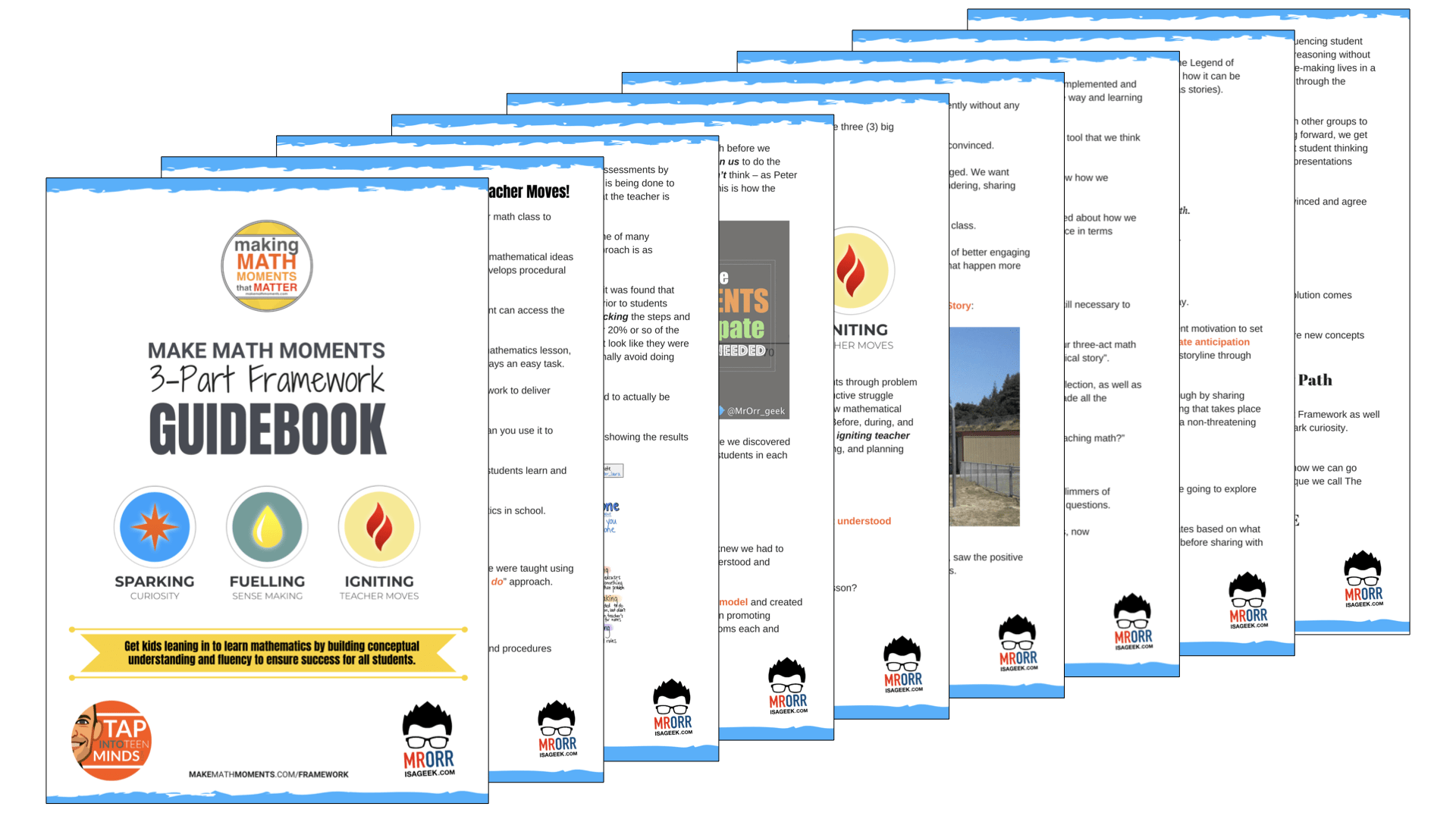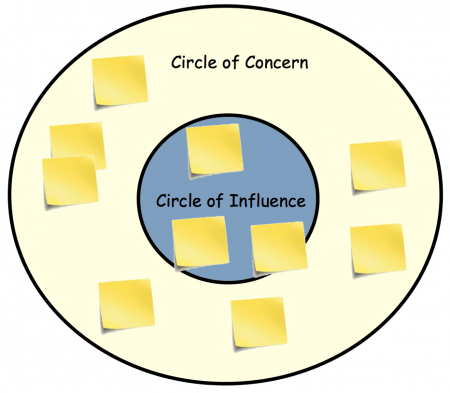Setting up the Teaching-Learning Critical Pathways (TLCP) may require a different number of Professional Learning Community (PLC) meetings depending on the individual situation. I might suggest that the planning process take place over two full release days, however spacing the meetings and possibly breaking the two full-days into half-day sessions may provide more benefit.
1. Gathering evidence
In the weeks prior to the first PLC meeting, educators should focus on collecting evidence of student work for discussion and analysis during the first planning session. Depending on when the first PLC meeting will take place, teachers may be limited to a particular strand or even a limited set of expectations. While it may seem fitting to collect data of only those students struggling with a learning goal or performing below the provincial standard, it could be beneficial to also collect evidence of students experiencing success for comparison purposes.
2. Determine area of greatest need
After each teacher has an opportunity to discuss the student evidence collected, each PLC member will take Post-It notes and write areas of strength observed on individual yellow Post-Its and identify student learning needs on individual pink Post-Its.
The Professional Learning Community will then participate in a Circle of Concern and Circle of Influence activity. Teachers begin by sticking their student learning needs on pink Post-It Notes in the Circle of Concern. PLC members will then discuss which student learning needs we can influence through the Teaching-Learning Critical Pathways and place those in the Circle of Influence.
Once all student learning needs that we can change are placed in the middle, similar student learning needs should be grouped together. Teachers are then encouraged to revisit their yellow Post-It Notes to determine if there is any overlap between student learning needs and areas of strength. Placing the yellow Post-It Notes with appropriate groupings of pink Post-It Notes might help the PLC members agree on their area of greatest need.
3. Build clusters of expectations related to the area of greatest need
Once the Professional Learning Community identifies the area of greatest need, members will take time to organize curriculum expectations that they feel are related. Eliminating strands and/or expectations that members feel are not related may assist in this process.
Upon selecting expectations related to the area of greatest need, teachers will then write them on strips of paper. Each teacher will share the selected expectations with other group members and then begin creating sub-groups for organizational purposes. Keeping notes regarding what each expectation means to each member may provide a deeper understanding of how the expectation and the area of greatest need are related.
4. Review current practice
The Professional Learning Community will then discuss their current teaching practice in regards to the cluster of related expectations and next steps moving forward through the first 2-6 week professional learning cycle.
5. Design classroom assessments
Before and during each unit, teachers will explicitly explain success criteria and ensure placement in a visible location of the room for the entirety of the unit. Modifying an anchor chart to match the cluster of expectations selected for your area of greatest need will also provide as a resource for students to refer to throughout the unit. Rubrics for tasks relevant to the specific learning goals should be created and easily accessible around the room and online for students to utilize.
PLC members will create a physical or digital student data wall that will outline where students are currently in relation to the area of greatest need, a prediction of where they will be after the TLCP, and finally the actual result after a culminating task.
Setting up a Teaching-Learning Critical Pathways model may seem like a daunting task at first glance, but with adequate planning and a Professional Learning Community of teachers motivated to make a difference, the process will be effective and worth the while.
WANT TO LEARN HOW TO TEACH THROUGH TASK?

Share With Your Learning Community:

About Kyle Pearce
I’m Kyle Pearce and I am a former high school math teacher. I’m now the K-12 Mathematics Consultant with the Greater Essex County District School Board, where I uncover creative ways to spark curiosity and fuel sense making in mathematics. Read more.
Read More From The Blog

